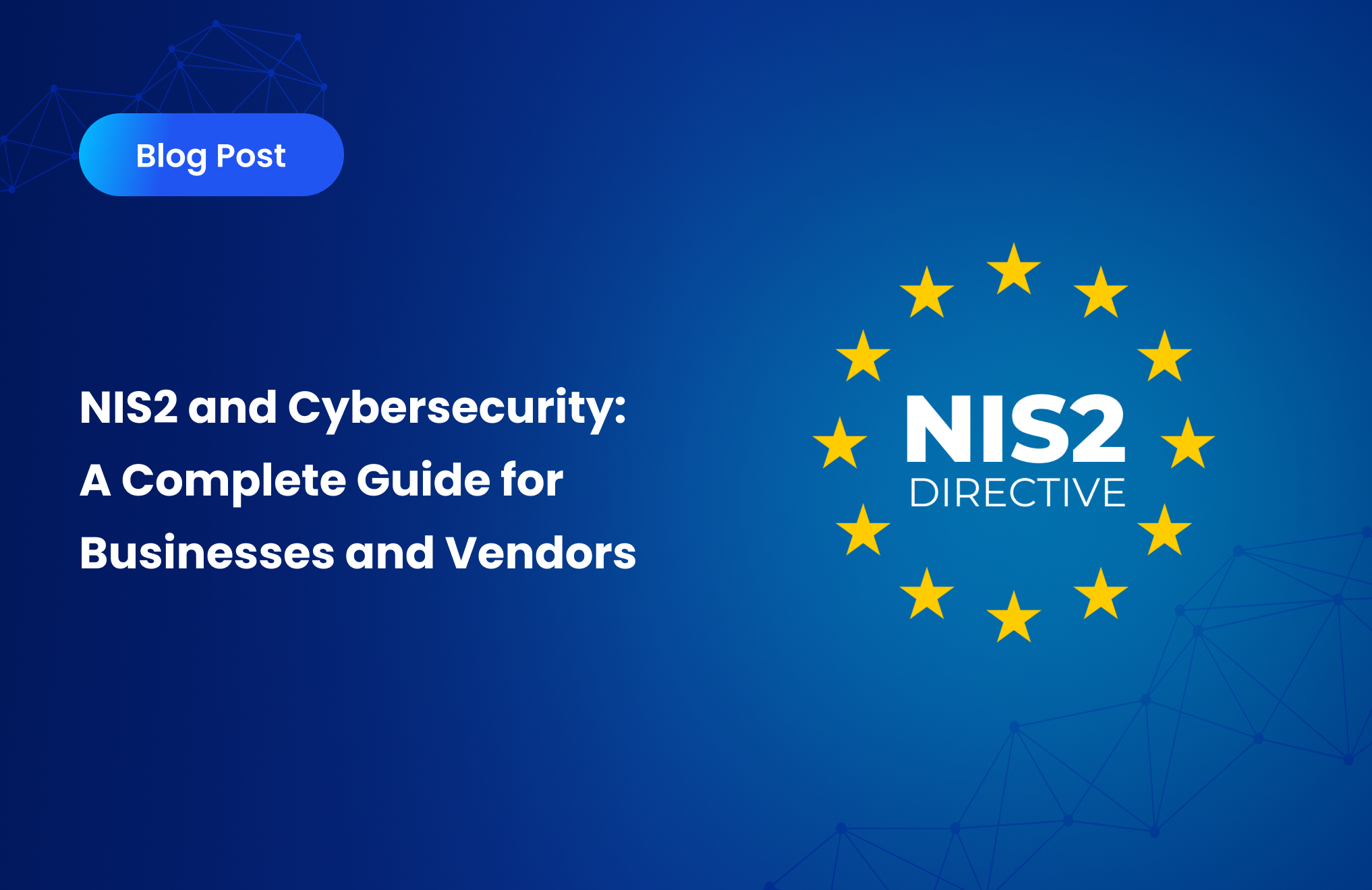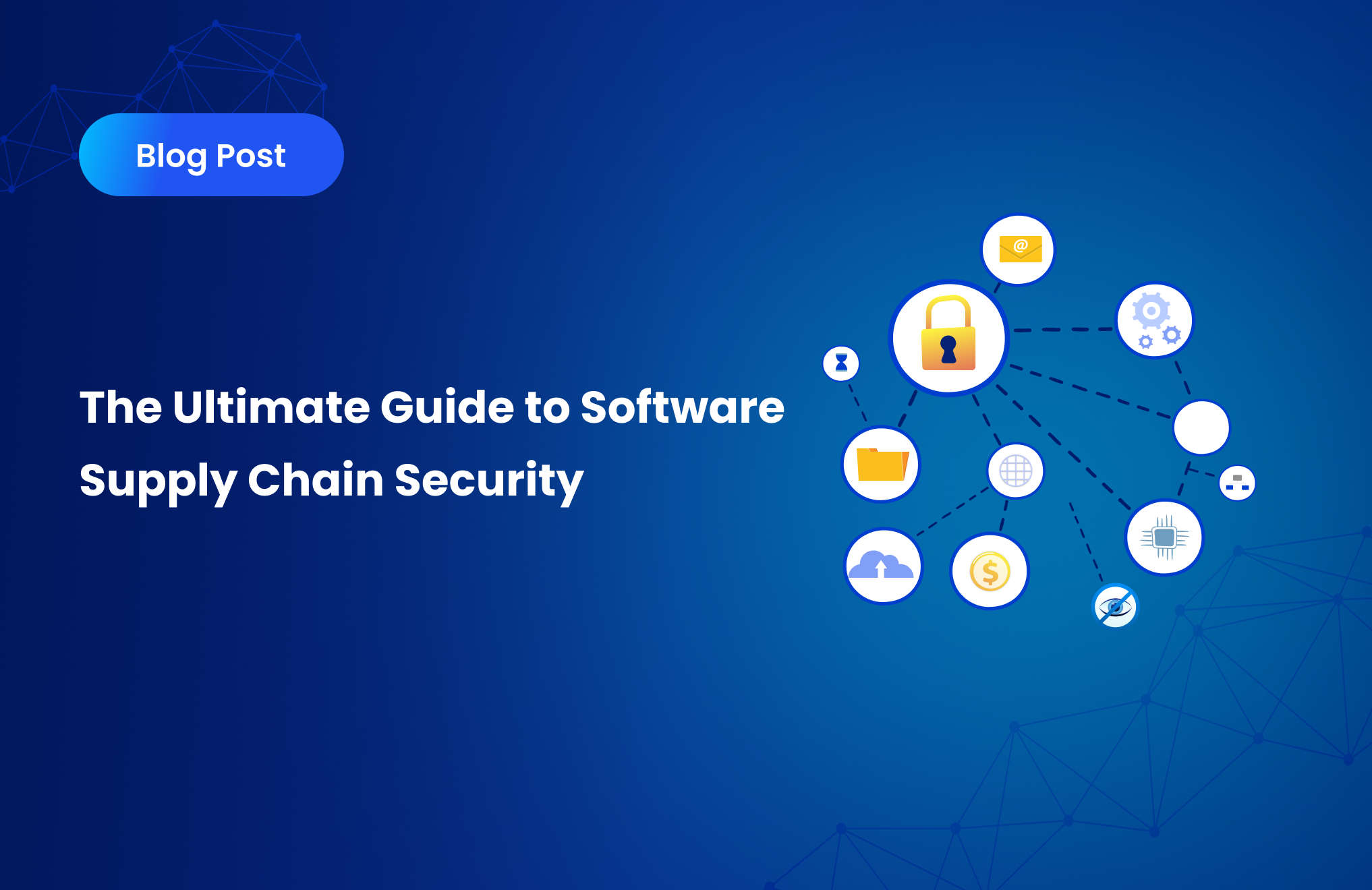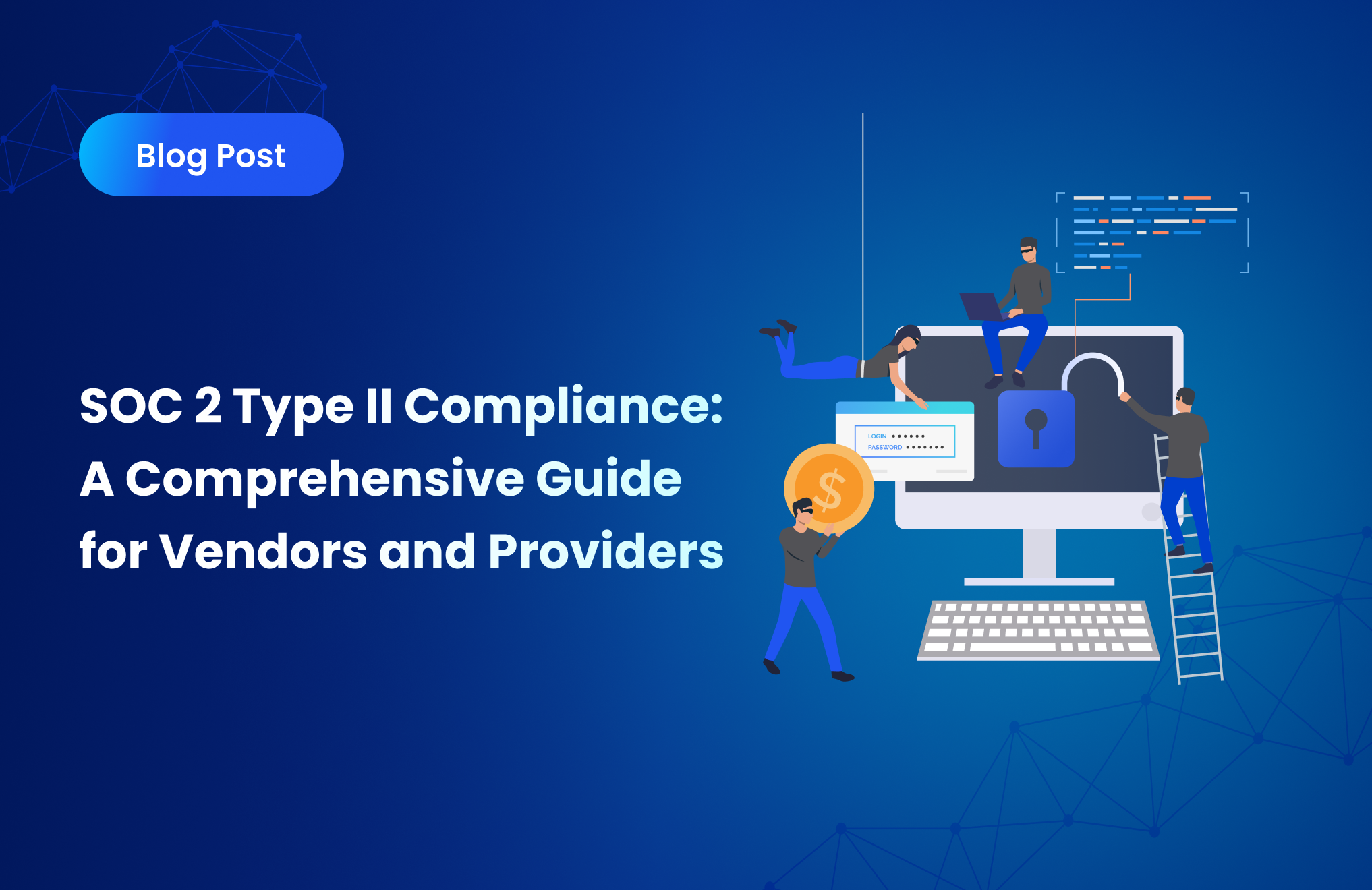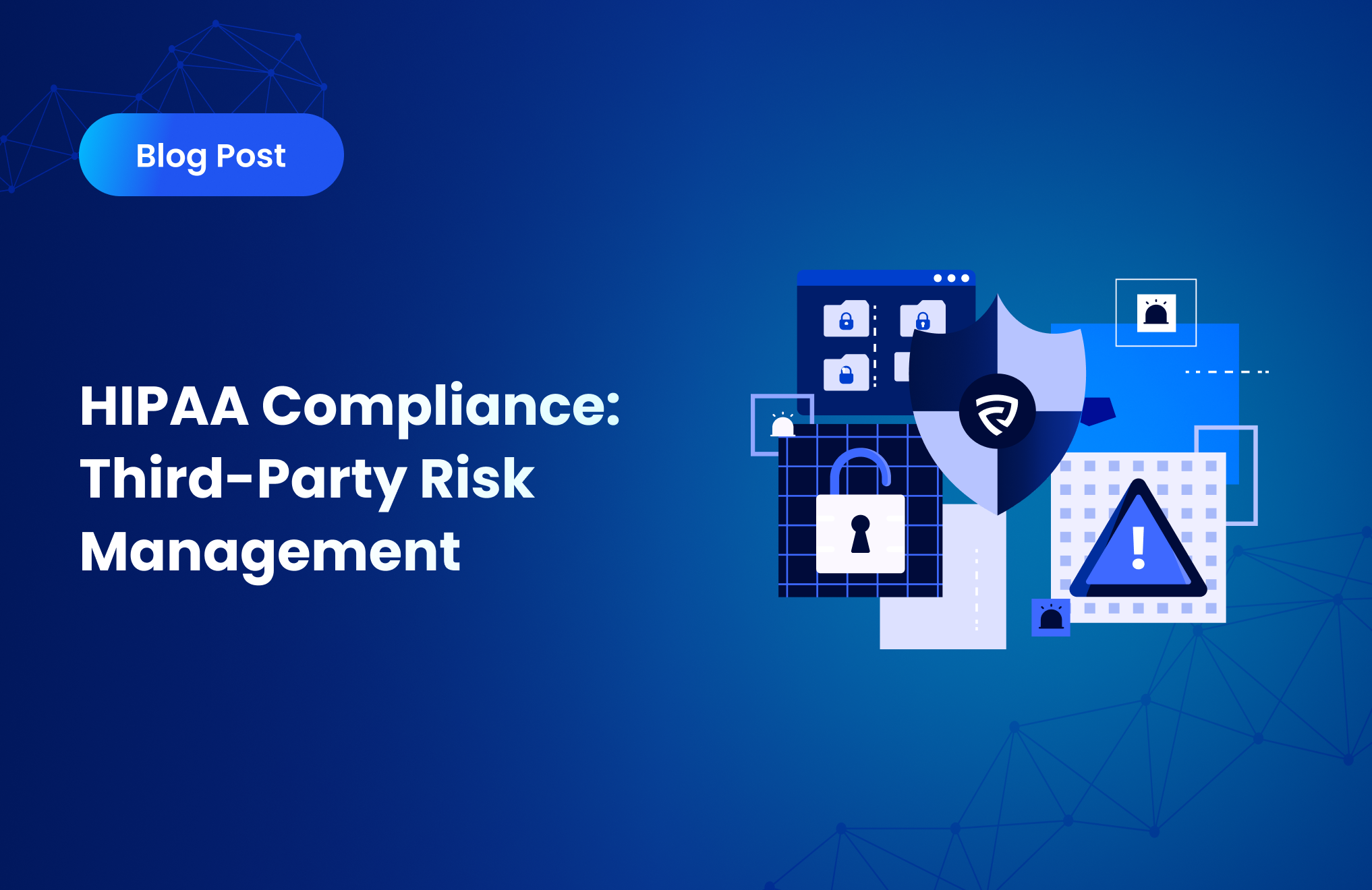NIS2 and Cybersecurity

NIS2 and Cybersecurity: A Complete Guide for Businesses, Vendors, and Compliance
In an increasingly digital and interconnected world, cybersecurity can no longer be considered just a technical aspect. It has become an essential component of corporate governance, customer trust, and business sustainability. This is the context in which the NIS2 Directive comes into play, aiming to strengthen the cyber posture of organizations operating in the strategic sectors of the European economy.
Far more than just a regulatory obligation, NIS2 represents a concrete opportunity for businesses of all sizes to build an effective vendor risk management plan, integrate a robust third-party risk management framework, and adopt a culture of cyber resilience capable of addressing emerging digital threats.
The NIS2 Directive: What It Requires and Why It Matters
Directive (EU) 2022/2555, known as NIS2, came into effect in Italy on October 16, 2024, with the publication of Legislative Decree No. 138. Its purpose is to raise the level of cybersecurity across the European Union, ensuring greater protection for critical infrastructures, IT systems, and sensitive data.
Compared to the previous regulation (NIS), NIS2 broadens its scope and introduces stricter requirements. It not only increases the number of affected sectors but also redefines the categories of operators, abandoning the old distinction between OSEs and DSPs in favor of a classification based on the strategic importance of the services provided.
Companies are therefore called to rethink their security approach—not as a reaction to cyber incidents but as an integrated practice within decision-making processes. The concept of cybersecurity risk becomes an inherent part of everyday business management.
Who NIS2 Applies To
One of the most relevant aspects of NIS2 is the expansion of its scope. The directive applies to both public and private organizations operating in sectors considered critical or highly critical to the EU’s socioeconomic functioning. These include healthcare, transportation, energy, finance, public administration, digital infrastructure such as cloud and data centers, as well as postal services, waste management, and ICT manufacturing.
Another key factor is company size: the directive generally applies to medium and large enterprises (i.e., with at least 50 employees or annual turnover exceeding €10 million), but it can also cover smaller businesses if they operate in strategic or high-risk areas.
In practice, many companies that were previously excluded now fall under its scope. This also includes all suppliers operating within the digital supply chain, making the adoption of a well-structured third-party risk management framework an urgent necessity.
Supply Chain Security: A Critical Point in NIS2
The directive places strong emphasis on supply chain security, recognizing that vendors and external partners often represent a weak point in an organization’s cybersecurity posture.
For this reason, companies are required to accurately identify their critical suppliers, assess the risks associated with each, and continuously monitor their activities. During vendor onboarding, it is crucial to define clear criteria and minimum security requirements, which must then be integrated into contracts and verified through periodic checks.
An effective vendor risk management plan goes beyond supplier classification: it includes continuous monitoring activities, audits, assessments, and mitigation plans for identified vulnerabilities. All of this must, of course, be documented and regularly updated.
What NIS2 Requires
From an operational perspective, NIS2 mandates the implementation of a coherent set of technical and organizational measures to prevent, detect, respond to, and recover from cyber incidents.
This begins with the need for a structured risk assessment to identify vulnerabilities in the company’s digital infrastructure and plan mitigation actions. Alongside this, organizations must adopt IT and network protection measures such as multi-factor authentication, data encryption, network segmentation, and intrusion detection systems.
The directive also stresses the importance of incident management: companies must be able to quickly detect an attack, contain it, restore normal operations, and promptly notify the competent authorities.
Other critical aspects include staff training (to spread digital hygiene practices and raise awareness of cyber risks), the protection of hardware and software assets, and the adoption of policies and procedures to regularly evaluate the effectiveness of implemented security measures.
Compliance and Penalties: Why It Pays to Be Ready
For companies that fall under its scope, compliance with NIS2 is not optional. Failure to comply carries significant financial penalties, which can reach up to 2% of global annual turnover or €10 million. In some cases, individual liability for executives and compensation obligations for damages suffered by third parties are also foreseen.
But compliance is not just about avoiding fines—it is also a competitive advantage. A company compliant with NIS2 enjoys stronger data management, greater trust from clients and stakeholders, and often faster response times during crises.
How to Prepare for NIS2: A Strategic Approach
Preparing for the directive requires thorough but gradual work. It always starts with a risk assessment to identify where to intervene and which priorities to address. This is followed by the definition of security governance, with clear roles, assigned responsibilities, and documented processes.
A well-structured vendor risk management plan is crucial, incorporating controls during supplier onboarding and continuous monitoring tools over time. Each vendor should be evaluated not only on the quality of the services provided but also on the maturity of their cybersecurity policies.
At the same time, companies should invest in continuous employee training to foster a widespread security culture. Technology alone is not enough if people do not know how to react to an attack or suspicious behavior.
Finally, continuous monitoring activities—such as reviews, audits, tests, and simulations—are essential. Only constant oversight can maintain a high level of security and allow adaptation to new threats.
Building a Culture of Digital Resilience
One of the most innovative aspects of NIS2 is that it does not focus solely on technology but instead pushes organizations toward building a culture of cyber resilience. This means viewing cybersecurity as an integral part of corporate strategy—not just a cost to be minimized.
Companies that adopt this approach become stronger, more credible, and more competitive. They are better equipped to handle unforeseen events, maintain operational continuity even during attacks, and ensure the protection of their customers’ and stakeholders’ data.
How ResilientX Security Can Help You
Our team of experts in cybersecurity, compliance, and risk management supports businesses in designing a tailored plan for NIS2 compliance. From the initial assessment to the design of a third-party risk management framework, through to the implementation of protection systems and continuous monitoring, we guide organizations step by step.
To learn more about how to integrate Third-Party Risk Management (TPRM) into your security strategy, you can read other articles on our blog or schedule a call with one of our experts.
Conclusion
The NIS2 Directive marks a decisive evolution in European cybersecurity. It is not just a set of rules to follow but a concrete push toward a safer, more resilient, and more conscious business model.
Those who can transform regulatory compliance into a strategic lever will not only reduce cyber risks but also strengthen their reputation and competitiveness in the long term. Implementing an effective risk management plan today, building secure relationships with vendors and partners, and investing in a security-first culture can make all the difference tomorrow.



.svg)
.svg)
.svg)
.svg)



.svg)
.svg)
.svg)
.svg)
.svg)
.svg)
.svg)
.svg)



